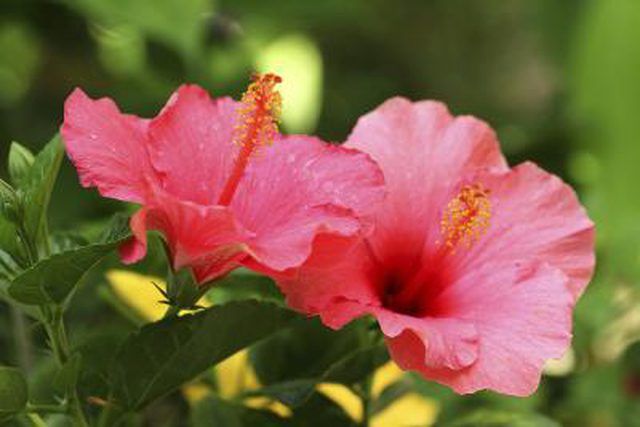Bulbs
Flower Basics
Flower Beds & Specialty Gardens
Flower Garden
Garden Furniture
Garden Gnomes
Garden Seeds
Garden Sheds
Garden Statues
Garden Tools & Supplies
Gardening Basics
Green & Organic
Groundcovers & Vines
Growing Annuals
Growing Basil
Growing Beans
Growing Berries
Growing Blueberries
Growing Cactus
Growing Corn
Growing Cotton
Growing Edibles
Growing Flowers
Growing Garlic
Growing Grapes
Growing Grass
Growing Herbs
Growing Jasmine
Growing Mint
Growing Mushrooms
Orchids
Growing Peanuts
Growing Perennials
Growing Plants
Growing Rosemary
Growing Roses
Growing Strawberries
Growing Sunflowers
Growing Thyme
Growing Tomatoes
Growing Tulips
Growing Vegetables
Herb Basics
Herb Garden
Indoor Growing
Landscaping Basics
Landscaping Patios
Landscaping Plants
Landscaping Shrubs
Landscaping Trees
Landscaping Walks & Pathways
Lawn Basics
Lawn Maintenance
Lawn Mowers
Lawn Ornaments
Lawn Planting
Lawn Tools
Outdoor Growing
Overall Landscape Planning
Pests, Weeds & Problems
Plant Basics
Rock Garden
Rose Garden
Shrubs
Soil
Specialty Gardens
Trees
Vegetable Garden
Yard Maintenance
How to Grow a Hibiscus Privacy Hedge
How to Grow a Hibiscus Privacy Hedge. Tropical hibiscus (Hibiscus rosa-sinensis), combines large, evergreen leaves, a possible height of 10 feet and large, showy flowers in a rainbow of colors. The plant blooms year-round. With its relatively quick growth-rate, the species works well when creating a privacy hedge. Restricted to warm winter areas,...

Tropical hibiscus (Hibiscus rosa-sinensis), combines large, evergreen leaves, a possible height of 10 feet and large, showy flowers in a rainbow of colors. The plant blooms year-round. With its relatively quick growth-rate, the species works well when creating a privacy hedge. Restricted to warm winter areas, hibiscus is hardy in U.S. Department of Agriculture plant hardiness zones 9 through 11. If you live in USDA zone 9, realize that occasional freezing weather will damage your hedge, reducing its screening effectiveness, so winter protection during prolonged frosts or freezes may be required.
Choosing Plants
Tropical hibiscus varieties vary in plant height, flower and leaf color, size and plant vigor. Cultivars produce either single or double flowers. For hedges, stay with all of one variety so plants don't grow at varying rates or have different blooming characteristics. Choose tall-growing, vigorous varieties that are growing on their own roots rather than grafted plants. Flowers usually last just one day, though cultivars like "Hula Girl" produce flowers that can last for several days. Dead fallen flowers become mushy and can stain sidewalks and other landscaping hardscape surfaces and can also become a tripping hazard.
Planting Hibiscus
Locate the hedge in full sun and in fertile, well draining soil with a pH between 6.5 and 6.8. For quick coverage, space hibiscus plants 2 to 3 feet apart. Dig a hole two to three times as wide and about the same depth as the plant's root ball. Remove the hibiscus from the pot and put it in the middle of the hole. Back fill with garden soil halfway up the root ball and water it. After the water has drained, finish filling the hole with soil and water the plant again.
Pruning the Hedge
Shape the bushes with hand pruners as they grow to size. Pinch the tips of branches in spring and mid-summer to encourage branching for denser growth and for better flower production, since hibiscus blooms on new growth. On established hedges, remove about one-third of the old wood every year to maintain plant vigor. When pruning, take the cut back to just above a leaf rather than between nodes, which are the areas where leaves come out from the stems. Disinfect your pruning tools by wiping them with household disinfectant between plants.
Caring for Hibiscus
When growing, hibiscus need the equivalent of about 1 inch of rain or irrigation each week. Keep the soil evenly moist rather than constantly wet. Hibiscus need a fertilizer rich in potassium and low in phosphorus. For established plants outdoors, Robert Gerlich of the New Orleans chapter of the American Hibiscus Society recommends using palm food spikes in early spring. Use three spikes with an 8-4-8 formulation for a 4-foot-diameter drip line, evenly spaced around the drip line circumference and placed at least 3 feet apart. Hammer them into soft, moist ground at a 45-degree angle.
Tropical hibiscus are sometime plagued by aphids, thrips, scales, spider mites and whiteflies. Apply a ready-to-use insecticidal soap when temperatures are cool in late afternoon and conditions aren't sunny. Spray the infected areas, being sure to completely saturate the plant's foliage. Repeat applications weekly, if required. Wash hands after using and wear gloves. If chemical controls are not desired, spray the infected areas with a strong blast of water to dislodge the pests from the hibiscus plants.